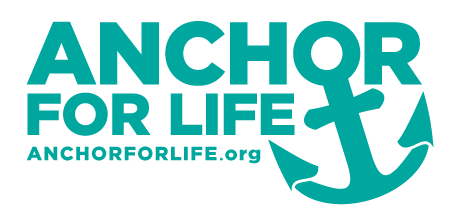This acronym was created to help you remember what to do when you see an emotional storm in yourself or someone else.
A—Alert to see Danger
Recognize when you need help or someone else is in need of help. Are they saying untypical things about themself/life? Notice strange texts or a hopeless tone. Watch out for words like “nothing or never”. An example is, “I’ll never feel happy again”.
N—Never do nothing
if you suspect someone is suicidal, or emotionally struggling—never do nothing—it is your business! Ask them questions, “How long have you felt this way?” “How can I help?” Encourage them—“It takes time to get out of a dark mood, it can’t last forever.” —If it’s you—don’t suffer silently and do nothing—ask for help, fight to feel better.
C—Cry Out for Help (SOS)
You can’t save others but you can alert an adult that something isn’t right—send an SOS signal to their parent, a teacher, or any adult who can intervene. You have a voice! Speak out! Share how you’re doing. Be real—Guilt of people who say, “I had NO idea they were having a hard time.” Don’t hide! No one is better off without you! Reach out to the person who’s hurting or tell an adult about your concern. Share with someone that you’re struggling. SOS—call in for help—School counselors, suicide help call center, therapist appointment.
H—Hold onto Hope
A storm always ends. The rain runs out.
O—Offer help
The Power of the Personal. You don’t have to fix them; just be with them and let them know they’re not alone. If you’re struggling with suicidal thoughts, find someone or somewhere to help. The biggest mood lifter is getting out of your troubles. Reach out to people in need that you see are hurting. Explore places that need help.
R—Realize Potential in Life—your abilities and life experiences
Realize the potential in yourself and in life. Each person has a unique and specific place and purpose in the world, including you. Life has so much more joy to experience that you have not yet had the opportunity to see. Know that life has so much to offer you and that you have so much to offer life.


